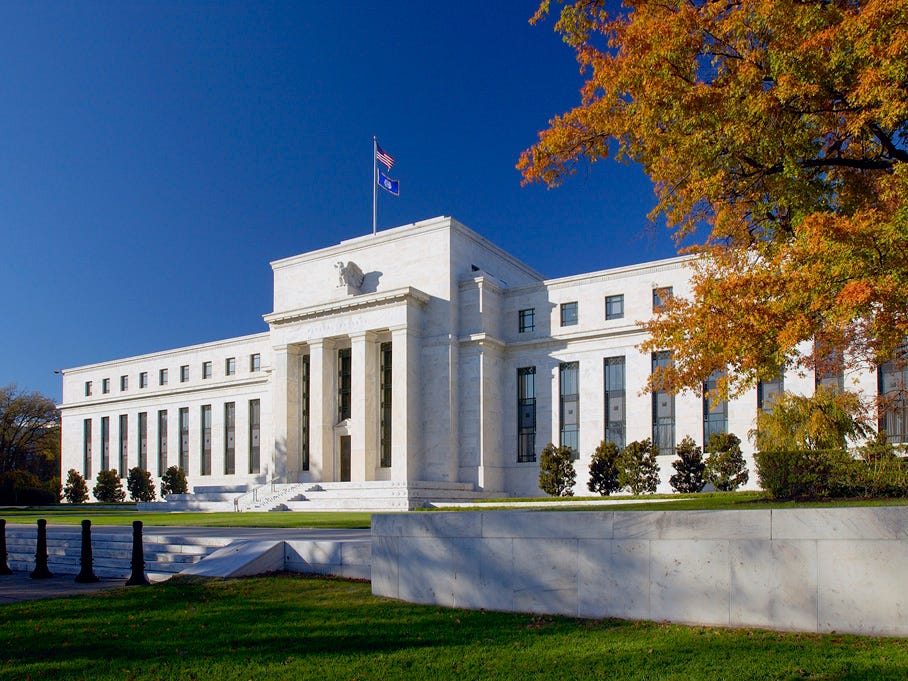[Mint Daily Wrap 11/Jul] Tariffs Stir the Pot as Commodities and Equities Diverge
As geopolitics, central bank policy, and trade uncertainty converge, global markets are adjusting to a new, uneasy equilibrium.
Escalating U.S. tariffs spark global market jitters, hitting equities and trade-sensitive sectors.
Commodities rise, oil rebounds on Red Sea tensions, while silver and iron ore rally on technicals and China buzz.
The Fed’s balance sheet shrinks further, but liquidity remains well above pre-pandemic levels, signaling a slow unwind of stimulus.
SUMMARY MARKET ACTION
Nikkei Slips as Fast Retailing Tumbles; Tariff Concerns Deepen Japan-U.S. Rift
Japan’s Nikkei index gave up early gains to edge slightly lower on Friday, dragged down by a sharp drop in Fast Retailing shares. The fashion giant, known for its Uniqlo brand, plunged 6.9% after cautioning that its U.S. business could take a significant hit from new American import tariffs. The company signaled that it may be forced to raise product prices to offset the impact.
The warning follows Trump’s planned 25% tariff on Japanese goods from August 1, prompting PM Ishiba to stress cutting Japan’s reliance on the U.S. in key sectors such as national defense, energy, and food supply.
Tariff Jolt Cools Futures After Record Rally
U.S. equity futures dipped upon Trump’s 35% tariff announcement on Canadian imports starting August 1, adding to the week's escalating trade tensions.
The pullback follows record closes for the S&P and Nasdaq earlier in the day, as investors initially brushed off concerns around fresh tariffs, including 50% levies on copper and Brazilian goods. With the macro outlook still uncertain, analysts say sustained gains may require both economic resilience and Fed rate cuts.
Gold Holds Steady as Trade Tensions Rise; Silver Futures Rally Toward 52-Week Highs
Gold rose on Friday, up for a third day amid rising trade tensions and Trump’s calls for Fed rate cuts. Strong job data supports a resilient labor market, but gold is set to end the week flat.
Silver futures are seeing a solid bounce today, trading near 52‑week highs. Technical indicators are strongly bullish, volumes are active, and patterns suggest a continuation higher. Traders should watch for overbought conditions and key resistance near the day’s high.
Bitcoin Futures Climb more than 2.5% as Prices Near $119K, Momentum Builds
Bitcoin futures rose on Friday, tracking gains in spot prices as BTC tested fresh highs over $118K. Trading volume and open interest remained strong, reflecting solid participation and bullish sentiment.
Oil Rebounds on Red Sea Tensions as Demand Fears Resurface
WTI crude rose on Friday, recovering some ground as Houthi attacks in the Red Sea sank two cargo ships, raising fresh concerns over supply disruptions. The renewed geopolitical risk comes after tensions had eased following the Israel-Iran ceasefire.
Trump’s proposed 35% tariff on Canadian goods and 15–20% blanket tariffs on other trade partners has revived concerns over slowing global growth and weaker oil demand. OPEC cut its 2026–2029 forecast due to soft Chinese demand and may pause output hikes in October.
Iron Ore Futures Near $100/ton as China’s Reform Buzz Sparks Market Optimism
Iron ore futures continued their upward momentum on Friday, marking a potential third consecutive weekly gain. The rally is fueled by optimism that China's renewed crackdown on destructive pricing practices in its steel sector could trigger a new wave of policy reforms aimed at reducing chronic overcapacity.
Prices advanced toward the $100/ton threshold, the highest level since May. The momentum was further supported by unverified social media chatter suggesting a possible high-level meeting in the coming week, potentially mirroring the 2015 Central Urban Work Conference.
That historic session catalyzed large-scale urban and infrastructure initiatives. This time, speculation centers around a potential push for shantytown redevelopment, though some market watchers remain cautious about the policy scope and impact.
MACRO WATCH
Jobless Claims Fall to 7-Week Low as Layoffs Stay Muted Despite Hiring Slump
U.S. jobless claims unexpectedly fell to 227,000 last week, the lowest since May, signalling employers are holding off on layoffs even as hiring slows.
Seasonal factors and reduced retooling layoffs in auto states influenced the dip. Despite modest job creation—147,000 in June—longer unemployment durations and a rising number of those on continued benefits point to a softening labour market. The data gives the Fed little urgency to cut rates before September.
THIS DAY IN HISTORY
REVEALING THE ANSWER FOR PREVIOUS GUESS THE CHART
TODAY’S GUESS THE CHART
What’s a daily market wrap without something to intrigue the reader, leading to head-scratching moments?
Guess this chart and send in your answer to research@mintfinance.xyz, or attempt the poll below. We will reveal the answer in the next issue.
WHAT’S CAPTIVATING US
The Federal Reserve’s balance sheet continues to unwind, falling by $13 billion in June to $6.66 trillion, the lowest level since April 2020. Over the past three years, the Fed has trimmed its holdings by $2.31 trillion, a 26% decline from its peak.
Treasury holdings have dropped by $1.56 trillion to $4.21 trillion, their lowest since June 2020, while mortgage-backed securities (MBS) have shrunk by $590 billion to $2.14 trillion, the smallest since March 2021.
This ongoing quantitative tightening signals the Fed’s gradual retreat from the extraordinary stimulus measures rolled out during the pandemic. Yet, the balance sheet remains $2.5 trillion or 60% larger than it was pre-COVID, underscoring how far we still are from “normalization.”
While the pace of reduction has slowed, the balance sheet's sheer size suggests the pandemic-era monetary footprint continues to shape liquidity, credit markets, and broader financial conditions. The era of easy money may be fading, but it’s far from gone.
Source: Federal Reserve Board











